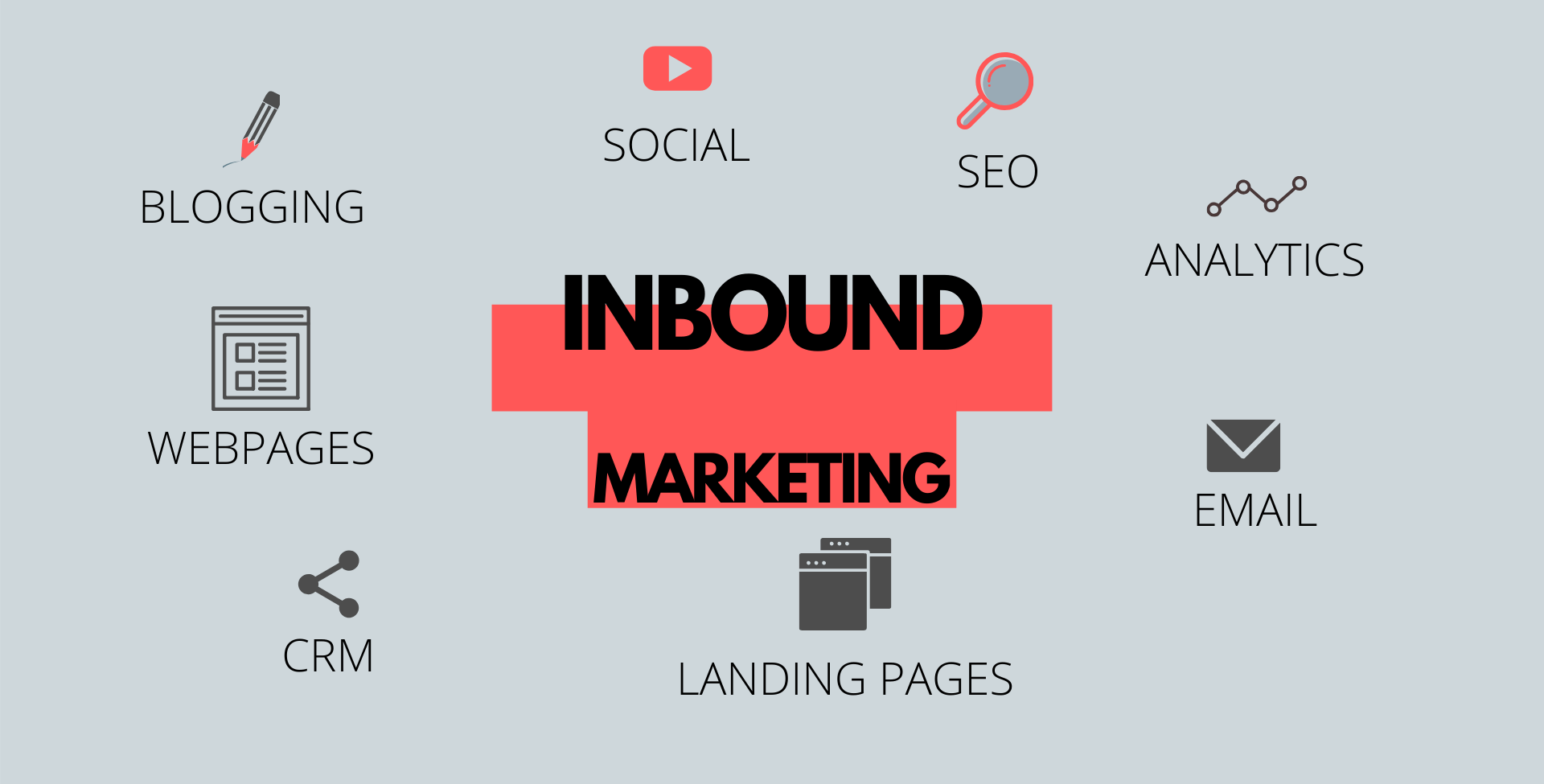“Content is king” has become commonplace among numerous businesses. Content holds significant importance, yet it does not singularly dictate all outcomes. As trends in content personalization and the emergence of complementary technologies, content marketing is transitioning into a more adaptable and efficient form known as Inbound Marketing.
Inbound Marketing is a strategy aimed at optimizing the customer experience through valuable and deeply personalized content. This content is tailored to meet the specific needs, desires, or challenges encountered by distinct target audiences along the customer journey. Through this method, businesses progressively provide recommendations and guidance to assist customers in addressing challenges, fostering trust, and ultimately guiding them toward the business’s offerings when necessary. The following recommendations are provided to aid businesses in the effective implementation of marketing strategies.
4 recommendations for crafting a proficient inbound marketing strategy
In addition to implementing a CRM system to gather, manage, and analyze customer data, thus thereby creating a foundation for content strategies, businesses can refer to these recommendations. For those unfamiliar with CRM, it is advisable to thoroughly research the rationale behind its application before proceeding further.
1. Allocating resources towards a blog as the initial step in adopting the inbound marketing model
Develop a blog as the initial step in a strategy aimed at organically drawing customers to your brand. The main blog is the place where customers seek information and assess the professional capabilities of a business. According to statistics provided by HubSpot, businesses leveraging blogs as a means to attract potential customers witnessed a significant surge of 67% in the number of leads generated.
2. SEO optimization
SEO optimization is an indispensable strategy for businesses to attract customers. Users unconsciously assign greater significance to search results positioned at the top than those on the next pages. In a fast-paced lifestyle, upon locating desired answers within the initial search results, a minority opts to delve deeper into next pages, particularly when transitioning between screens, such as mobile devices, is less favored.
According to NewsCred, potential customers originating from organic search exhibit a significantly higher conversion rate of 14.6% in contrast to the 1.7% conversion rate associated with conventional outbound marketing endeavors.
Consequently, it is imperative for marketers to regularly monitor and schedule to optimize goods in their implementation of inbound marketing strategies.
3. Utilize an automation system to dispatch marketing emails to business customers
According to MailChimp’s statistics, the email marketing open rates for business customers typically fall within the range of 14% to 25%. However, rather than employing traditional mass email approaches, businesses should utilize marketing automation platforms to flexibly distribute emails to specific target groups based on predefined scripts. For instance, this could involve sending tailored e-newsletter series catering to reader’s preference, and devising suitable journeys and touchpoints based on their interactions (such as opening the message, reading it entirely, clicking on links, or viewing offers,…)
According to a survey conducted by the International Data Group, approximately half of business customers are influenced by LinkedIn, a social media boasting over 414 million users globally, and recognized as the primary platform for the majority of managers. While it may prove challenging for businesses to locate senior leaders on Facebook, connecting with them on LinkedIn is notably easier. Hence, it comes as no surprise that 94% of marketers utilize this platform to distribute content and enhance their capacity to engage and interact with business customers.
(According to Digit Matter)


